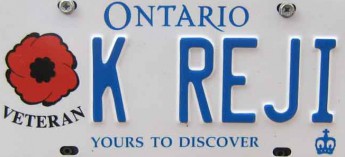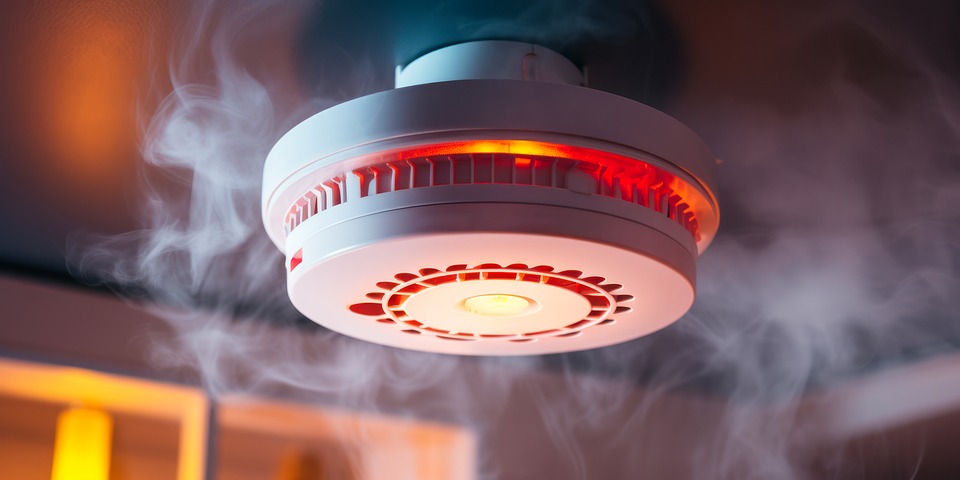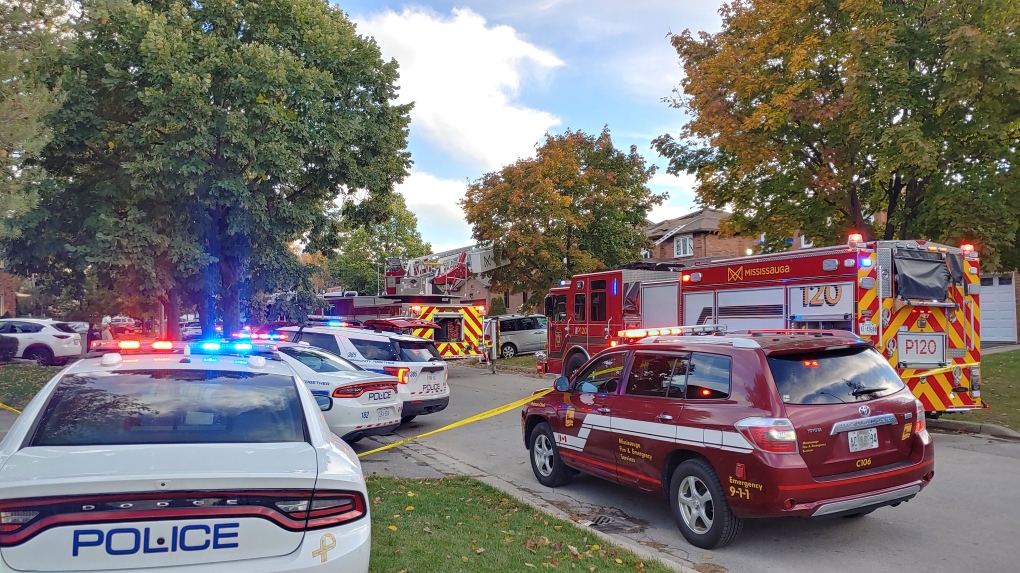During my military service, we were periodically detailed as Field Officer of the Regiment for the week during which one was required to carryout many checks and procedures. One of the many laid down tasks was to carryout a practice Fire-Fighting drill and record how effective the effort was. The Regimental Havildar (Sergeant) Major (RHM) lighted a fire and shouted “Fire, Fire, Fire!!” at the top of his voice. The sentry on duty at the Regimental Quarter Guard rang the bell continuously denoting all ranks to assemble with all fire-fighting equipment they could get hold of. Some soldiers came with buckets filled with sand or water; some with the Soda-Acid/ Foam fire-extinguishers; some with rods; some with hooks; some bare handed. The RHM dutifully made a list of the number of soldiers present and the equipment they brought. No one ever asked the soldiers whether they knew what to do with the equipment they carried in case it was a real fire.
Although the routine orders for the week specified which sub-unit should carry out the duties of the firefighting party, the cordon party and the salvage party, rarely did the soldiers knew what they were required to do and how they were to execute the task. Theirs is not to question how, theirs is not to make reply and theirs is not to reason why!!I and that’s what the military is all about.
It may be deemed as a catch 22 situation of sorts, yet a rudimentary system was in place to cope with an accidental fire and that was vitally important. In many cases of the infamous Bukhari (Kerosene or Coal fired room heaters) fires during the harsh Himalayan winters, such a system at least occasionally saved lives and prevented damage. Please click to read Fire! Fire! Fire!
In Canada we have an elaborate system to respond to an accidental fire. During the freezing winter months, one of the most common emergencies experienced by Canadians is a fire in their home. They are most likely to occur between December and March. Heating equipment like portable heaters are the leading cause of home fires. In as little as 30 seconds, a small flame can grow into a dangerous fire. Within minutes, an entire home can be filled with black smoke and large flames. Other common causes of home fires are cooking (leaving the stove unattended,) improperly extinguishing cigarettes and candles left unattended. The recommended way to protect yourself and your family from a home fire is to follow these steps:
- Know and practice your evacuation plan.
- Get out and STAY OUT – never return to a burning building.
- Install smoke alarms and carbon monoxide detectors on every level of your home.
- Test the alarms every month and replace the batteries twice a year, at Daylight Savings Time (March and November).
Sometimes accidental fires are caused by gas leaks. Sometime back when I compared the sense of sight with that of hearing in my previous post, I couldn’t help but reflect on how vital the sense of smell is to detect such a gas leak.
How do we test the smoke alarms at our home?
We fry fish, meat cutlets, etc. on the deck in our backyard in summer. In the cold Canadian winters, we got to do it in our kitchen. At least once a month, this operation triggers the fire alarm. We got to switch the alarm off in 30 seconds, else the Monitoring Centre will call to check. In case there is no response, they will activate the emergency centre to dispatch the fire tenders, ambulance and the police cruiser.
A False Alarm is when an alarm call where the emergency services responded and were not required; or where an alarm response cancellation request was received after dispatch from the Monitoring Station, advising the emergency services response was not required. In case of a false alarm, the caller is charged around $175. The emergency services reserves the right to suspend response at any time at their discretion. Those under such suspension may be subject to cost recovery fees.
When a user dials 9-1-1, the call goes directly to the Regional Police 9-1-1 Communications Center. The caller is connected immediately to an experienced 9-1-1 operator. The operator will dispatch the appropriate emergency service required and will stay on the line to aid you until help arrives.
On the long weekend of February 2024 coinciding with the Family Day, our children were home. Marina was frying fish for lunch and it triggered the fire alarm. Our son Nikhil dashed downstairs and switched it off and said, “Why don’t you ensure that the chimney exhaust fan is rung high when you fry fish?”
“That’s the way we test our smoke alarm!” I replied.
THREE minutes — that is the time people must get out of their home in Canada if it catches fire. It used to be 17 minutes, but because of modern building materials and the proliferation of inexpensive, inflammable products, a home could be destroyed in a few minutes. Quick evacuation therefore becomes vital.
A typical modern Canadian home with newer, synthetic furniture made with chemicals like polyurethane, the backing on the carpets, the drapes, the stuffing in the mattress and pillows, are all highly inflammable and they burn hotter and faster as they contain hydrocarbons. A fire triggered in such homes results in flames raging in less than TWO minutes – what the firefighters call a flash-over. The old furniture burns more slowly. It takes more than 13 minutes to flash-over.
The first Christmas we celebrated in Canada was on 24 December 2005. We had invited all our friends and acquaintances. The party was planned in our basement with a wood-burning fireplace. A week before the party, I called the chimney cleaning service and got the chimney cleaned and they tested the safety aspects of the fireplace.
On the eve of the party, I activated the fireplace by burning logs. A sudden downdraft of wind filled the basement with some fumes, though not much it was sufficient to trigger the fire alarm. I rushed and before I could deactivate the alarm, the telephone rang. It was from the Monitoring Centre and I explained the cause of the alarm and confirmed everything to be safe.
Marina advised that I should give up my plans on lighting the basement fireplace. The soldier in me was not giving it up just as yet. I tried again and the result was much the same. I profusely apologised to the Monitoring Centre associate for my gaffe.
Soon the first set of guests arrived and one of them reported “There is a long queue of Fire Tenders, Ambulances and Police Cruisers outside your home with all their lights flashing. Is Anything serious?”
“They might have come to some other home in our vicinity!” I calmed their nerves.
In a minute the doorbell rang and I opened the door to find the Fire Marshal. My immediate response was “I had informed the Monitoring Centre that we are all safe!!!”
“We had that information, but we are here to practice our emergency response drills. I have listed out the Emergency Vehicles here and you are requested to sign at the bottom,” replied the Fire Marshal. I heaved a sigh of relief. Not much different from signing the Field officers report form.
Signing the document, I asked “How do I know if it is real emergency response or a practice one?”
“If it was a real emergency response, the sirens would be blaring. Now only the flashers are on,” replied the Fire Marshal.
A subtle difference. I was wondering how the boys in the Regiment would know the difference between real and practice. Remember theirs is not to make reply.
Fire marshal gracefully thanked me and departed. We then had a ball. It was time for a different sort of fire…. fire in the belly.




